Best Used Car, Services, Auto Parts, Rent Car Available for Buy and Sell Near By Go Ahead
- महिंद्रा मिनी ट्रैक्टर - कीमत, मॉडल, और सुविधाएँ
- Swaraj Price 2025: Latest Swaraj Tractor Price List and On-Road Rates in India
- Best Tractors in India 2025: Top 10 Picks for Every Farm Size
- Swaraj 855 FE Tractor Review 2025 Features, Price and Performance Explained
- Sonalika Tractor Price 2025 Complete List of Models, Series and Latest Offers
- महाराष्ट्र फार्मर आयडी: ऑनलाइन नोंदणी प्रक्रिया, कागदपत्रे आणि फायदे
- Swaraj 744 FE Price, Features & On-Road Cost Explained for 2025
- New Holland 3630 TX Super Plus+ Tractor Review 2025: Features, Price and Performance
- Mahindra Tractors Price 2025: Complete List, Series-Wise Comparison and Best Models
- Emerging Trends in Farm Equipment for 2025
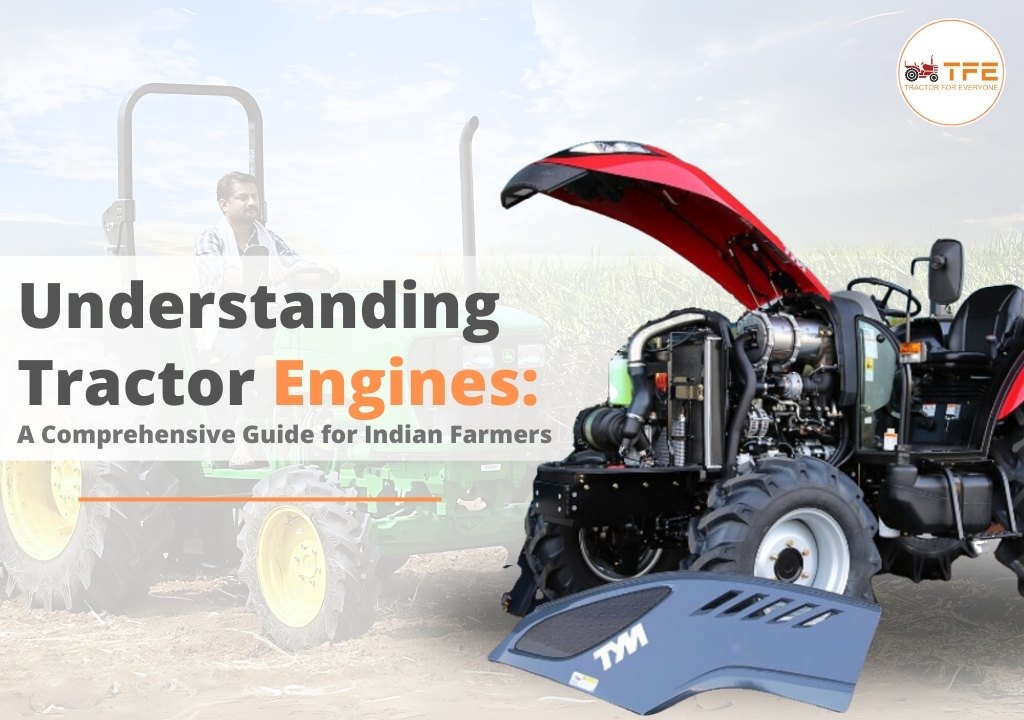
Understanding Tractor Engines: A Comprehensive Guide for Indian Farmers
A tractor's engine is its heart, powering its ability to perform heavy-duty tasks essential for farming. With technological advancements and a focus on environmental sustainability, understanding tractor engines has become crucial for Indian farmers in 2025. This article simplifies the complexities of tractor engines, focusing on types, key specifications, performance features, maintenance, and innovations.
Tractor Engine Types
1. Diesel Engine Tractors
Diesel engine tractors dominate the Indian tractor market due to their fuel efficiency and ability to generate high torque at low speeds. These engines are designed to handle rigorous farming activities such as plowing, harvesting, and transporting loads.
Power Range: Diesel engines in tractors typically range from 20 HP to over 100 HP, catering to varied farming needs, from small-scale to extensive operations.
Why Popular?: They offer better fuel economy compared to petrol engines, making them cost-effective for long-term use.
Applications: From tilling and sowing to transporting crops and goods, diesel engine tractors provide the versatility needed for diverse agricultural tasks.
2. Electric Engine Tractors (Electric Motor Tractors)
Electric motor tractors are an emerging trend, gaining traction for their eco-friendly and low-maintenance nature. While still in the early adoption stages, they hold promise for farmers aiming to reduce operational costs and carbon footprints.
Advantages: Reduced emissions, quieter operation, and lower running costs.
Challenges: High initial cost and limited charging infrastructure in rural India.
Future Prospects: With government incentives for sustainable practices and advancements in battery technology, electric motor tractors are expected to grow in popularity in the coming years.
Ideal Use Cases: Small farms near urban areas or locations with reliable access to electricity are best suited for electric motor tractors at this stage.
Key Specifications of Tractor Engine
Understanding the specifications of a tractor engine helps in choosing the right model for your farm's requirements.
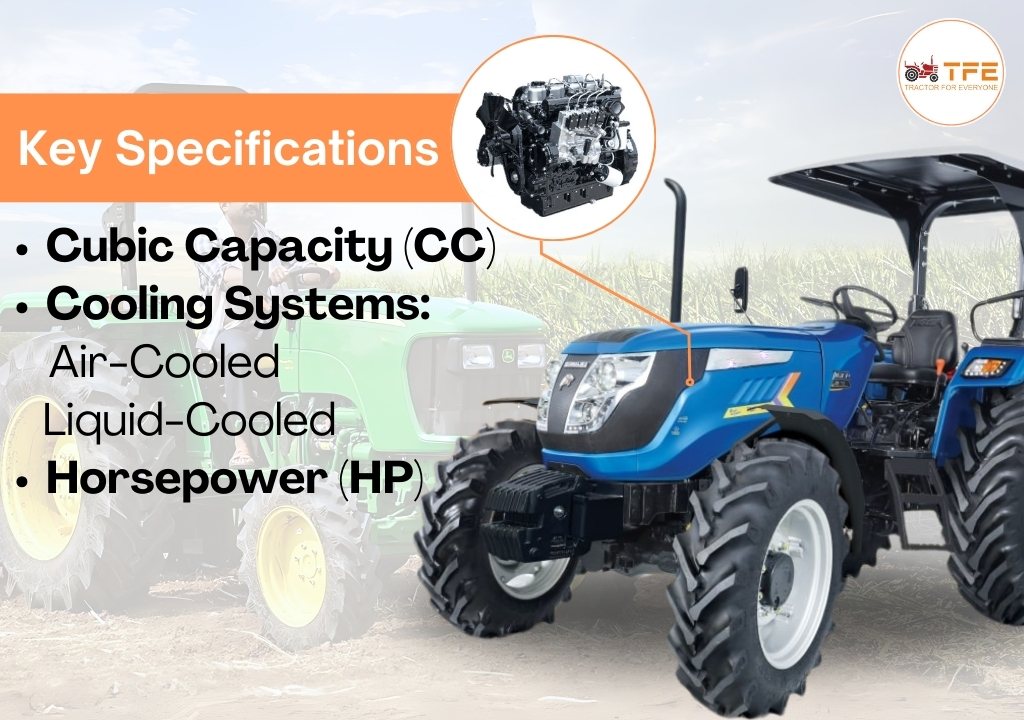
i) Cubic Capacity (CC):
Tractor engines generally range from 1,000 cc to 4,500 cc, with higher capacities suitable for heavy-duty applications. The cubic capacity determines the engine’s power output and fuel consumption.
ii) Cooling Systems:
Air-Cooled: Suitable for compact tractors and ideal for regions with moderate temperatures.
Liquid-Cooled: Common in high-capacity engines to ensure optimal performance in intense operations, especially in hot climates.
iii) Horsepower (HP):
Determines the engine's power. For instance, a tractor engine of 20-40 HP is ideal for small farms, while larger farms may require tractor engines exceeding 50 HP to handle extensive operations efficiently.
iv) Performance Features
Performance is a critical aspect of tractor engines, directly affecting efficiency and productivity on the field.
Torque Output: High torque at low RPM is essential for tasks like plowing, towing, and operating heavy implements. Most modern tractor engines provide torque between 100 Nm and 400 Nm, enabling them to handle heavy loads with ease.
Fuel Efficiency: Modern tractors boast significant improvements, offering around 30-40% better fuel economy than older models. This ensures lower operational costs, a crucial factor for farmers.
Durability: Engines are now built with enhanced materials and design features to withstand prolonged use in tough agricultural conditions, ensuring reliability.
v) Emission Standards
As environmental concerns rise, India has adopted strict emission standards for agricultural machinery.
BS-VI Compliance: Tractors now adhere to Bharat Stage VI norms, reducing harmful emissions and aligning with global standards.
vi) Advanced Technologies:
Common Rail Direct Injection (CRDI): Enhances fuel atomization for efficient combustion, leading to better power output and lower emissions.
Exhaust After-Treatment Systems: Filters pollutants, ensuring compliance with environmental regulations and improving air quality.
vii) Maintenance Considerations
Regular maintenance ensures a tractor engine's longevity and reliable performance. Here are key maintenance tasks:
Oil Changes: Replace engine oil after every 100 hours of operation to prevent wear and tear. Clean oil ensures smooth operation and protects internal components.
Air and Fuel Filters: Clean or replace filters regularly to maintain optimal engine performance and prevent contaminants from entering the engine.
Coolant Levels: Monitor and refill coolant to prevent overheating, especially during long hours of operation in the field.
Belts and Hoses: Inspect for wear and replace as needed to avoid breakdowns and ensure the smooth functioning of the engine.
Service Schedule: Follow the manufacturer’s recommended service schedule, which typically includes comprehensive inspections every 500 hours of operation.
Also Read: Turning Your Tractor into a Financial Asset All About Tractor Loans and Refinancing
Innovations in Tractor Engines
With the integration of modern technology, tractor engines are evolving to meet the demands of efficiency and sustainability.
1. Smart Engine Technologies
IoT Integration: Real-time monitoring of engine performance allows farmers to address potential issues before they escalate. Sensors provide data on parameters like temperature, oil pressure, and fuel levels.
Benefits: Enhances operational efficiency, reduces downtime, and enables predictive maintenance.
2. Hybrid Systems
Diesel-Electric Hybrids: A combination of diesel and electric power reduces fuel consumption and emissions. Hybrid engine tractors provide flexibility for different operational needs, balancing power and efficiency.
Current Status: While not widespread, this innovation is being explored by leading manufacturers to cater to environmentally conscious farmers.
3. Alternative Fuels
CNG and Biogas Engines: Some manufacturers are testing engines that run on compressed natural gas (CNG) or biogas. These alternatives are cheaper and produce fewer emissions, making them a sustainable choice for the future.
Government Support: Subsidies and incentives for adopting alternative fuel technologies are encouraging farmers to explore these options.
Why Farmers Should Understand Tractor Engines
For Indian farmers, selecting the right tractor engine can significantly impact productivity and cost-efficiency. By understanding engine types, specifications, and maintenance needs, you can make informed decisions that align with your farm's scale and operations. Moreover, keeping up with technological advancements ensures you can leverage innovations that enhance efficiency and sustainability.
Understanding tractor engines equips Indian farmers with the knowledge to choose, maintain, and maximise the use of their equipment, ultimately leading to more efficient and sustainable farming practices. As agriculture continues to evolve, staying informed about engine technologies ensures better decision-making and long-term benefits for farmers.
Frequently Asked Questions
1. What type of tractor engine is best for small farms?
Ans: A diesel engine tractor with a horsepower range of 20-40 HP is ideal for small farms, offering fuel efficiency and adequate power for basic tasks like plowing, sowing, and irrigation.
2. Are electric motor tractors a viable option in India?
Ans: Electric motor tractors are gaining interest but are currently limited by high costs and lack of charging infrastructure. However, they are a promising option for environmentally conscious farmers and small farms near urban areas.
3. How do BS-VI norms impact tractor engines?
Ans: BS-VI norms ensure reduced emissions, making tractors more environmentally friendly. Tractor engines now include advanced technologies like CRDI and exhaust after-treatment systems, improving fuel efficiency and performance.
4. What maintenance tasks are crucial for tractor engines?
Ans: Key tasks include regular oil changes, checking air and fuel filters, monitoring coolant levels, and inspecting belts and hoses. Following the service schedule provided by the manufacturer is essential.
5. How is torque different from horsepower?
Ans: Torque measures the rotational force of the tractor engine, crucial for heavy-duty tasks like plowing and towing. Horsepower indicates the tractor engine's overall power and speed capabilities. Both are important for tractor performance.
6. What are the benefits of hybrid tractor engines?
Ans: Hybrid tractor engines combine the efficiency of electric power with the durability of diesel, reducing fuel consumption and emissions while maintaining high performance.
Write a Comment
Popular Blogs View All
-
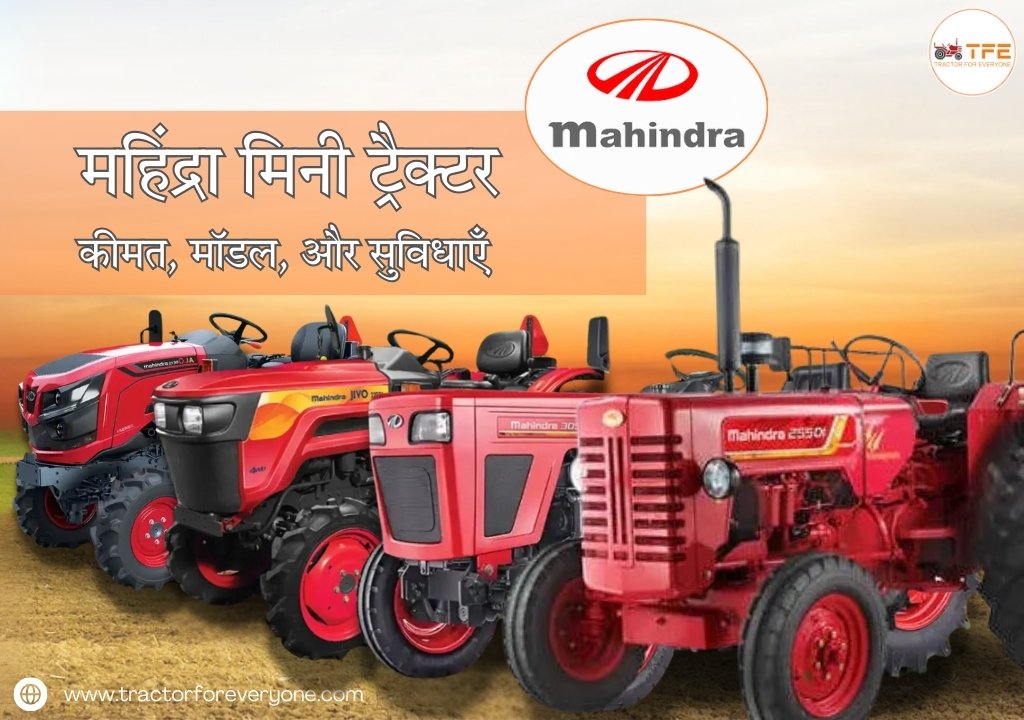
महिंद्रा मिनी ट्रैक्टर - कीमत, मॉडल, और सुविधाएँ
02/18/2025, POSTED BY ADMIN -

Swaraj Price 2025: Latest Swaraj Tractor Price List and On-Road Rates in India
07/24/2025, POSTED BY ADMIN -

Best Tractors in India 2025: Top 10 Picks for Every Farm Size
05/29/2025, POSTED BY ADMIN
Popular Video View All
-
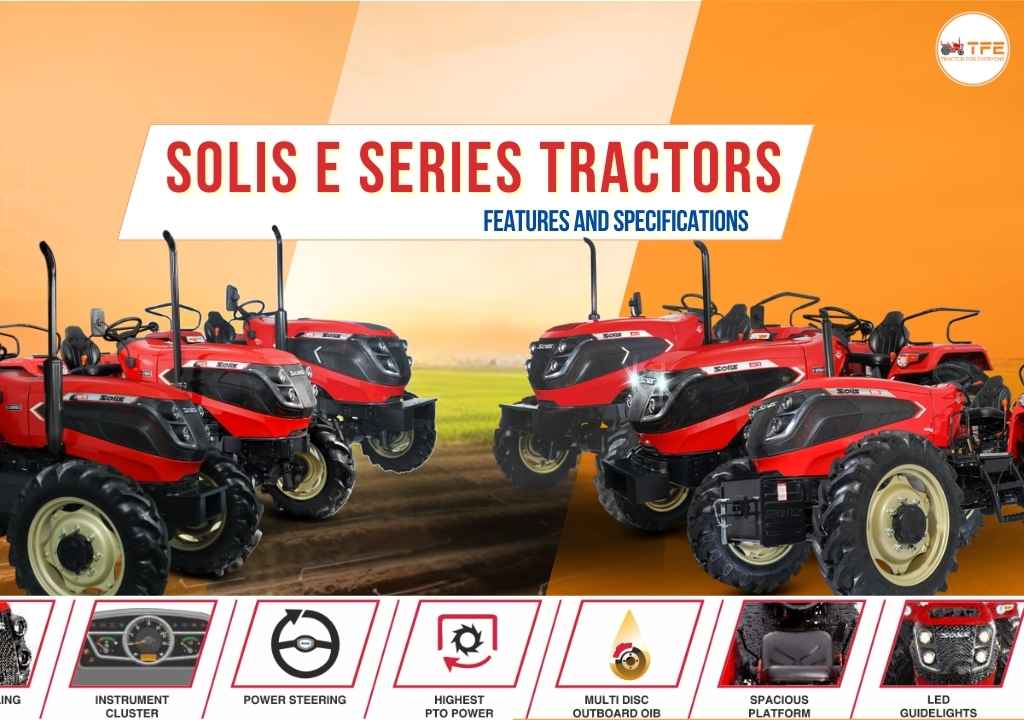
5 Things You Need to Know Before Buying a Solis E Series Tractor
05/17/2025, POSTED BY ADMIN -
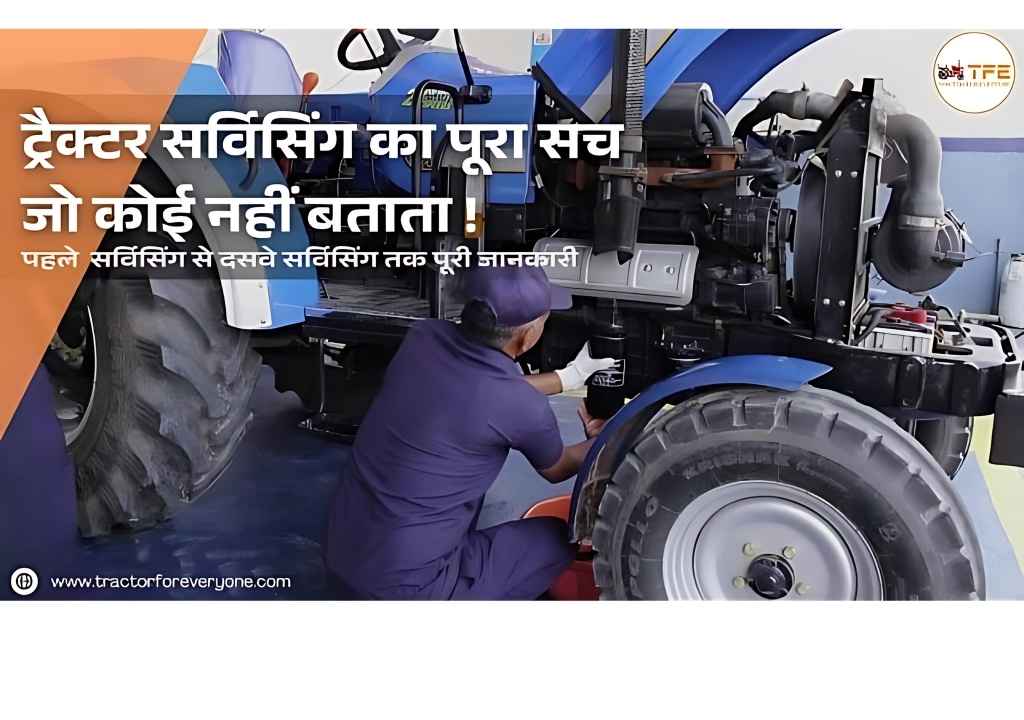
The whole truth about tractor servicing which no one tells!
05/17/2025, POSTED BY ADMIN -
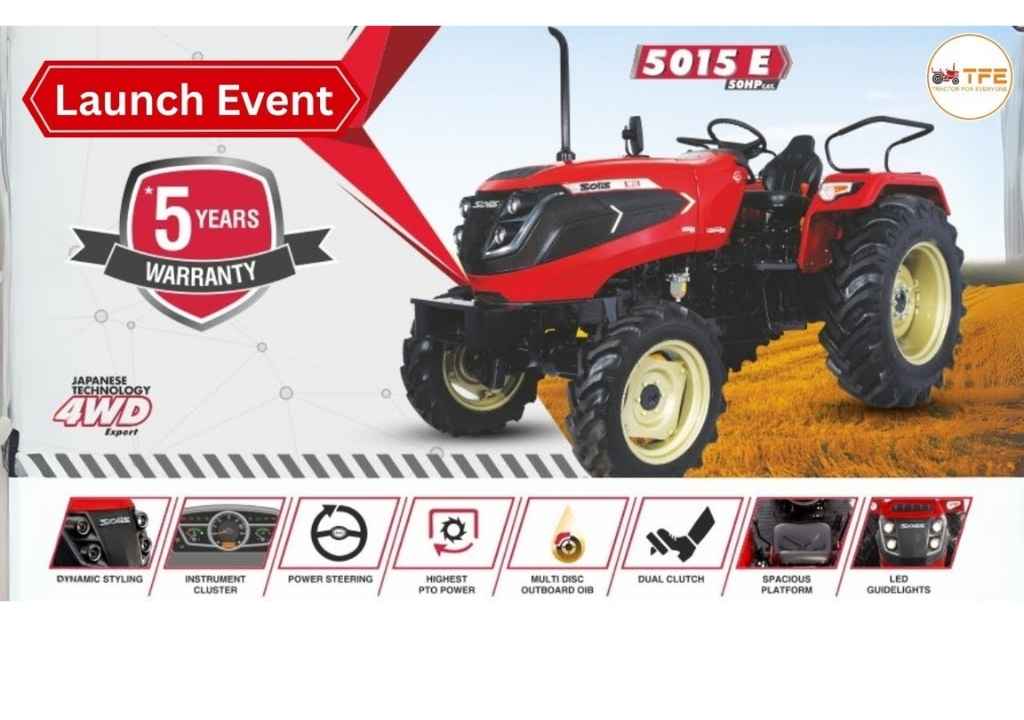
Solis Tractors Live Event | Solis Hybrid 5015 Tractor Launch
05/17/2025, POSTED BY ADMIN

